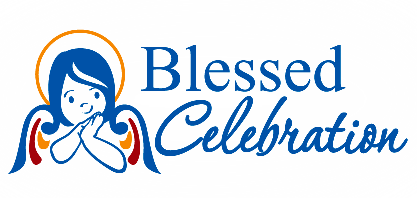Saint Gregory of Nyssa Greek Orthodox Icon. 8" x 10" (20cm x 25cm)
Important Timing Note: These are handcrafted icons from Greece. Average turnaround time is 4 weeks. Please allow 2-5 weeks for delivery. If you are in a rush for the icon, please do not order this handmade item.
~~~
The icon reproductions are created by iconographer monks of various Greek Orthodox monasteries in Greece and all images are approved replications by the Greek Orthodox Church. As icons are considered to be the Gospel in image, these images are accurate and true Orthodox renderings, not second-hand interpretations.
These icon reproductions are prepared in the traditional Orthodox style: a fine detailed image is mounted on solid wood. The mounted image is covered with shellac to provide the luster of a traditional byzantine icon. The icon is then covered with multiple layers of varnish to coat the image with a protective layer that shields the colors from fading and protects from humidity. This Icon also has a hook on the back enabling it to be hung on walls.
These icons are a true Orthodox image approved by the Eastern Orthodox Archdiocese.
Iconographer: Chr. Liondas
Saint Gregory, the younger brother of Basil the Great, illustrious in speech and a zealot for the Orthodox Faith, was born in 331. His brother Basil was encouraged by their elder sister Macrina to prefer the service of God to a secular career. Saint Gregory was moved in a similar way by his godly mother Emily, who, when Gregory was still a young man, implored him to attend a service in honor of the holy Forty Martyrs at her retreat at Annesi on the River Iris. Saint Gregory came at his mother’s bidding, but being wearied with the journey, and feeling little zeal, he fell asleep during the service. The Forty Martyrs then appeared to him in a dream, threatening him and reproaching him for his slothfulness. After this he repented and became very diligent in the service of God. He became bishop in 372, and because of his Orthodoxy he was exiled in 374 by Valens, who was of one mind with the Arians. After Valens death in 378 he was recalled to his throne by the Emperor Gratian. He attended the Local Council of Antioch, which sent him to visit the churches of Arabia and Palestine, which had been defiled and ravaged by Arianism. He attended the Second Ecumenical Council, which was assembled in Constantinople in 381. Having lived some sixty years and left behind many remarkable writings, he reposed about the year 395. The acts of the Seventh Ecumenical Council call him Father of Fathers.



